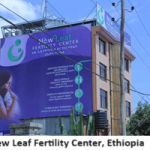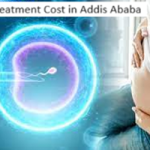Alhikmah Fertility Center Addis Ababa
Using the latest proven techniques, our caring team of experts in fertility medicine work in partnership with you to develop a personal treatment plan. We provide first class individualised care that will give you the very best chance of completing your family at the earliest opportunity
In Alhikmah Centre, Our specialists will always offer an honest opinion on your chances of conception. Even if our investigations suggest that your chances are low it is our policy never to deny you treatment.
Our goal is to help couples work through the various stages of fertility investigation and treatment in order to achieve a healthy pregnancy and help building a family.







